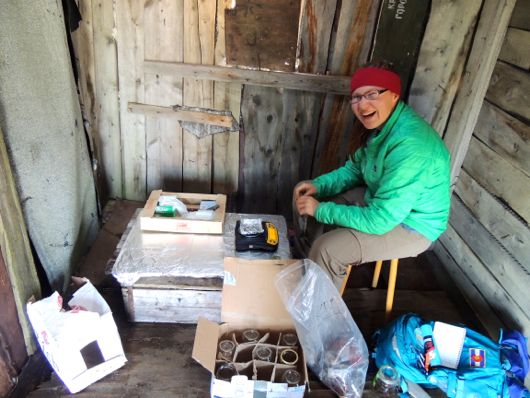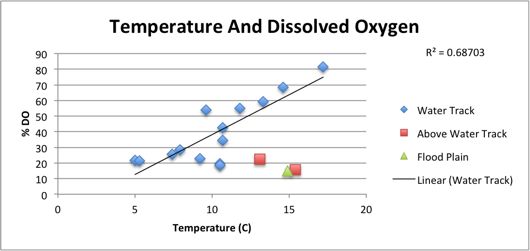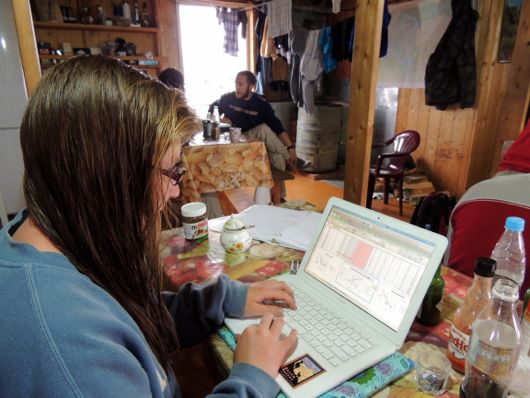The core students have been working hard in the field collecting, mapping, photographing, and measuring their plots, streams, and ponds. Now that we are into the last days of our time in the tundra the focus has turned toward extracting the numbers from the various samples. As the students enter their data and begin the process of looking for the patterns and relationships that will give some insight into their project hypotheses, there are deeper questions that present themselves. As it goes many times in science, there are more questions than answers!
This is a good thing. In unlocking the secrets of nature what you think is happening may very well be exactly what is going on. However, the key is to understand why nature looks and behaves in the ways that it does, and that can involve many different factors that may not be so obvious. The core students have reached a point where the factors are now becoming the questions and the challenge is to decide which ones are guiding the changes that we are seeing in the tundra.

Kenzie in the “lab shack” weighing soil samples.
Kenzie is one of the core students who is now looking at the various factors that are controlling the amounts of methane coming from some of the small ponds. She has data from 19 ponds that are connected in one of the wet tracks moving down the slope of land toward the Kolyma River. Her initial numbers are from measurements showing the temperature, dissolved oxygen, and surface area of each pond.

This graph shows the relationship as it was measured.
At first thought you might expect that the amount of dissolved oxygen would be higher in the ponds with the lower temperatures. Dissolved gases tend to stay in cooler liquids than in warmer. However, what Kenzie saw when she graphed the data is that the dissolved oxygen increases as the water temperature increases.

Kenzie works with the data to understand the patterns in the tundra.
Now the question becomes why is this happening? There are many other factors to be considered including the amount and type of vegetation in the water and possibly the depth of each pond. Plants in the water add oxygen to the ponds through photosynthesis, so more plants would result in more oxygen in the water. This is something that Kenzie will continue to observe and measure with the time remaining. She will refine her hypothesis based on the new data and then draw conclusions from the patterns that emerge. The process will continue as more questions arise and more experiments are designed. This is science at its best, and Kenzie is right in the middle of it all!



